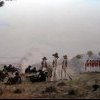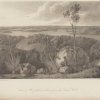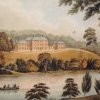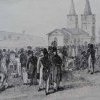1820s
1820
1821
1824
1825
Barron Field writes of the ‘Sydney tribe’: ‘They bear themselves erect, and address you with confidence, all those in good humour, have often good dress. They are not common beggars, although they accept our kind of things in return for fish and oysters, which are almost all we have left them for their support. They are … the carriers of news and fish; the gossips of the town; the loungers on the quay. They know everybody; and understand the nature of everybody’s business, although they have none of their own – of this… They have bowing acquaintances with everybody, and scatter their ‘however you do’s’ with an air of friendliness and equality, and with a perfect English accent, underbased by the ‘Massas’ (Masters) and Missies and me-nos of West Indian Slavery’. (Karskens, p. 432)
1827
William Alannam writes to George Augustus Robinson, I am a native of New Holland near to Botany Bay. Native man Bugerygoory (alias William) … I was young when I left my tribe, I am now about twenty five years old. I have been employed in a whaling ship, on my return I joined the blacks, after some time I joined a sealing vessel out of Sydney and remained sealing about five years during which time I couldn’t get any money but was supplied occasionally with spirits in lieu thereof.” (Vincent Smith p. 155)















